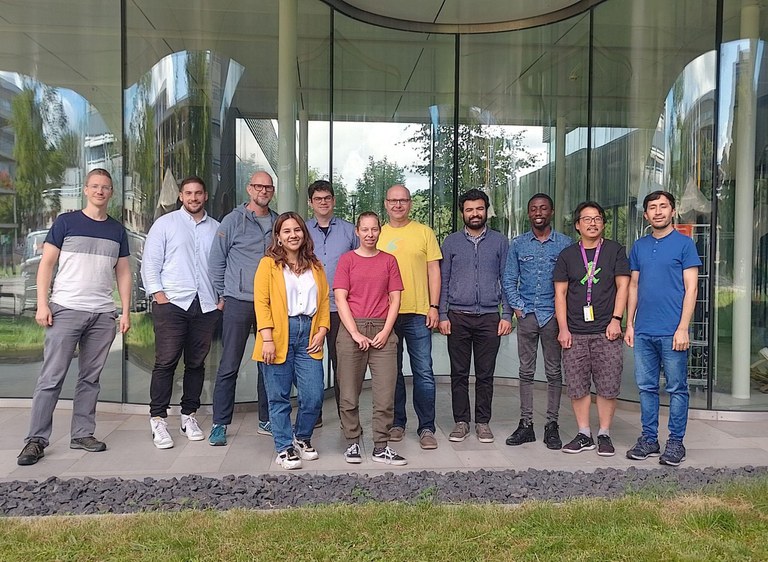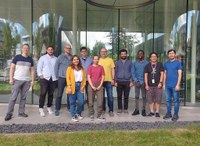PROCLIAS TG1.2 Hackathon in Utrecht
by Hannes Müller Schmied and Gerbrand Koren
We first brainstormed about the key outcomes of such a tool, created a “wish-list” and defined the tasks that we wanted to work on in the two full days meeting. We identified three topics/groups for detailed discussion. One group discussed reference data (observations) that can be used to compare key model variables against. We decided to use river discharge (streamflow) and total water storage as variables, prepared data and its spatial entities and started to calculate performance metrics. The second group dedicated time for discussing in depth, which analyzes, visualizations and metrics are meaningful and created design patterns for diagrams. The third group discussed general model diagnostics by functional relationships that could be developed with a subset of variables including climate input data. Models differ e.g. how they translate precipitation into runoff or groundwater recharge and such functional relationships, ideally grouped among specific patterns such as hydro-climatic regions, can bring many insights of how the different models translate input into output.

Several overarching topics have been discussed and follow up tasks have been identified. For example, it became clear that we need a good (and consistent) definition of characteristics for basins and grid cells to group e.g. performance indicators across spatial regions (e.g. “dry” or “wet” regions). Also, we discussed and worked on the idea to generate a heatmap of performance indicators for different regions, in order to quickly assess the performance of individual models.
We further defined the way forward with the tool creation and how to extend it to other sectors. More information on the activities within the Task Group and future plans can be found here.
The hackathon was an excellent opportunity to enhance collaboration within and outside of the Task Group, to strengthen friendships and build new ones. We very much thank the EU COST Association and the COST Action CA19139 PROCLIAS for supporting this activity.


